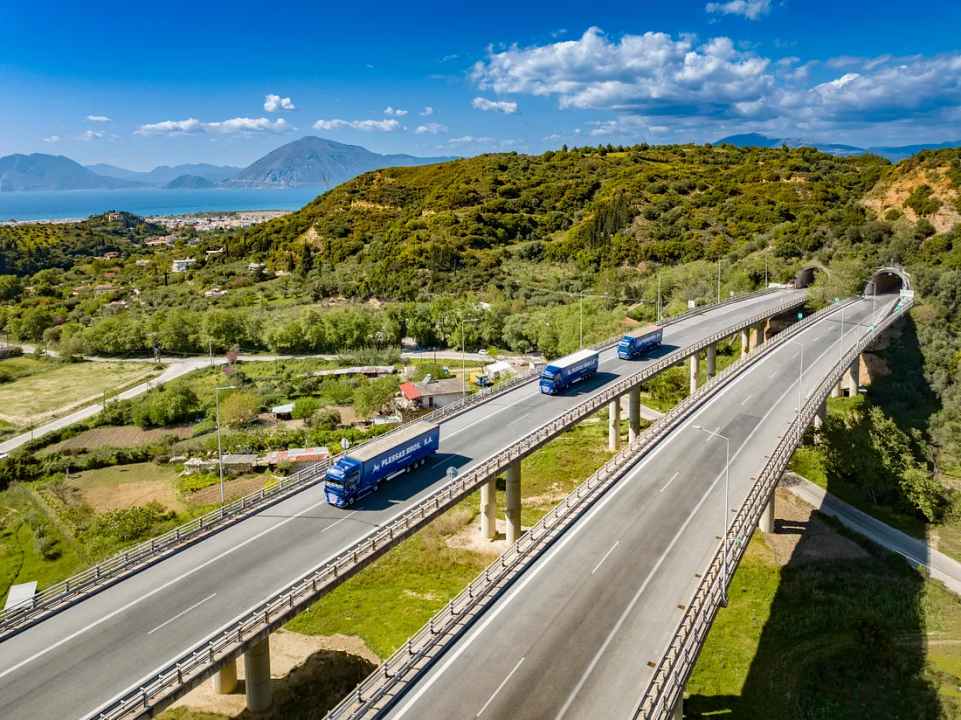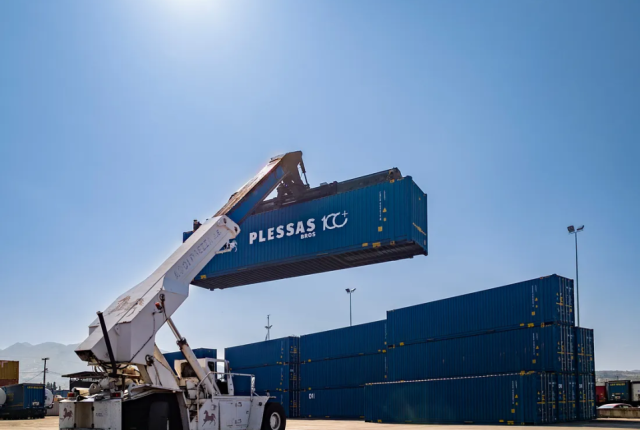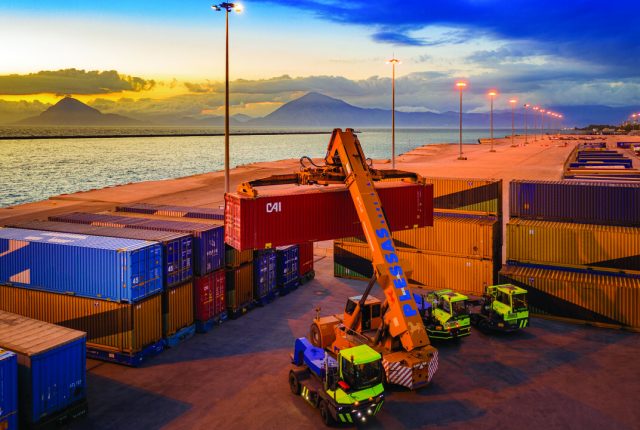
Plessas Bros S.A | Navigating the Future: The Rise of Green Transportation Logistics and Shipping
In the age of rapid industrialization and globalization, the transportation sector has played a pivotal role in connecting the world. However, the environmental toll of traditional transportation methods is becoming increasingly evident. As concerns about climate change and environmental sustainability grow, the logistics and shipping industry is undergoing a transformative shift towards “green” practices. This article explores the emergence of sustainable transportation technologies and eco-friendly shipping practices that are shaping the future of the industry.
The Need for Green Transportation
The traditional transportation industry, fueled largely by fossil fuels, has been a significant contributor to air pollution, greenhouse gas emissions, and climate change. The urgency to address these issues has led to a growing demand for sustainable transportation practices. Consumers are now more conscious of the environmental impact of the products they use, and businesses are recognizing the importance of incorporating green initiatives into their supply chain.

Sustainable Transportation Technologies
1. Electric Vehicles (EVs)
One of the most notable advancements in green transportation is the widespread adoption of electric vehicles (EVs). Electric trucks and vans are revolutionizing the logistics sector by offering a clean and efficient alternative to traditional combustion engines. Companies like Tesla and Rivian are leading the way, producing electric delivery vehicles with impressive ranges and reduced carbon footprints.
2. Alternative Fuels
Beyond electric vehicles, the industry is exploring alternative fuels such as biofuels and hydrogen. These fuels provide an eco-friendly option for powering transportation without relying on finite fossil fuel resources. Companies are investing in research and development to create sustainable biofuels, reducing dependency on conventional fuels and mitigating environmental impact.
3. Autonomous Vehicles
The integration of autonomous vehicles into logistics and shipping operations is another key trend. Autonomous trucks, equipped with advanced sensors and artificial intelligence, can optimize routes, reduce fuel consumption, and enhance overall efficiency. While the technology is still in its early stages, the potential for greener and more sustainable transportation systems is promising.

Sustainable Practices in Shipping
1. Containerization and Packaging
The shipping industry is also making strides in sustainability through innovative packaging and containerization methods. Companies are increasingly using eco-friendly packaging materials and designing containers that minimize waste. This shift not only reduces the environmental impact of shipping but also addresses consumer concerns about excessive packaging.
2. Optimized Routing and Supply Chain Management
Optimizing shipping routes and improving supply chain management are critical components of green logistics. Advanced technology, including artificial intelligence and data analytics, enables companies to make informed decisions about transportation routes, reducing fuel consumption and lowering emissions. Real-time visibility into supply chains allows for better coordination and resource utilization.
3. Last-Mile Delivery Solutions
The last-mile delivery phase presents unique challenges and opportunities for sustainability. Companies are exploring alternative modes of transportation, such as bicycles and electric scooters, for short-distance deliveries in urban areas. These eco-friendly solutions not only reduce emissions but also address congestion issues in densely populated areas.
Regulatory Landscape and Incentives
Governments around the world are recognizing the need for regulatory measures to encourage green transportation. Incentives, such as tax breaks and subsidies, are being offered to companies adopting sustainable practices. These regulations create a supportive environment for the industry to transition to greener alternatives and invest in environmentally friendly technologies.
Challenges and Future Outlook
Despite the progress made in green transportation, challenges remain. The transition to sustainable practices requires significant investment, and some companies may face financial and operational hurdles. Additionally, infrastructure development, including charging stations for electric vehicles, is crucial for the widespread adoption of green technologies.
Looking ahead, the future of green transportation logistics and shipping appears promising. Ongoing research and development, coupled with increasing consumer awareness, will likely drive further innovations. The industry’s commitment to sustainability not only benefits the environment but also positions companies as responsible and forward-thinking contributors to a greener planet.

Conclusion
As the transportation and shipping industry charts a course toward a more sustainable future, the adoption of green practices is no longer an option but a necessity. The integration of electric vehicles, alternative fuels, and advanced technologies marks a paradigm shift in how we move goods around the globe. With regulatory support and consumer demand on the rise, the journey towards green transportation is accelerating, offering a promising outlook for a cleaner, more sustainable planet.




